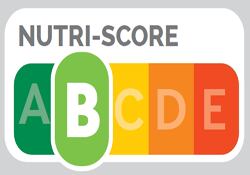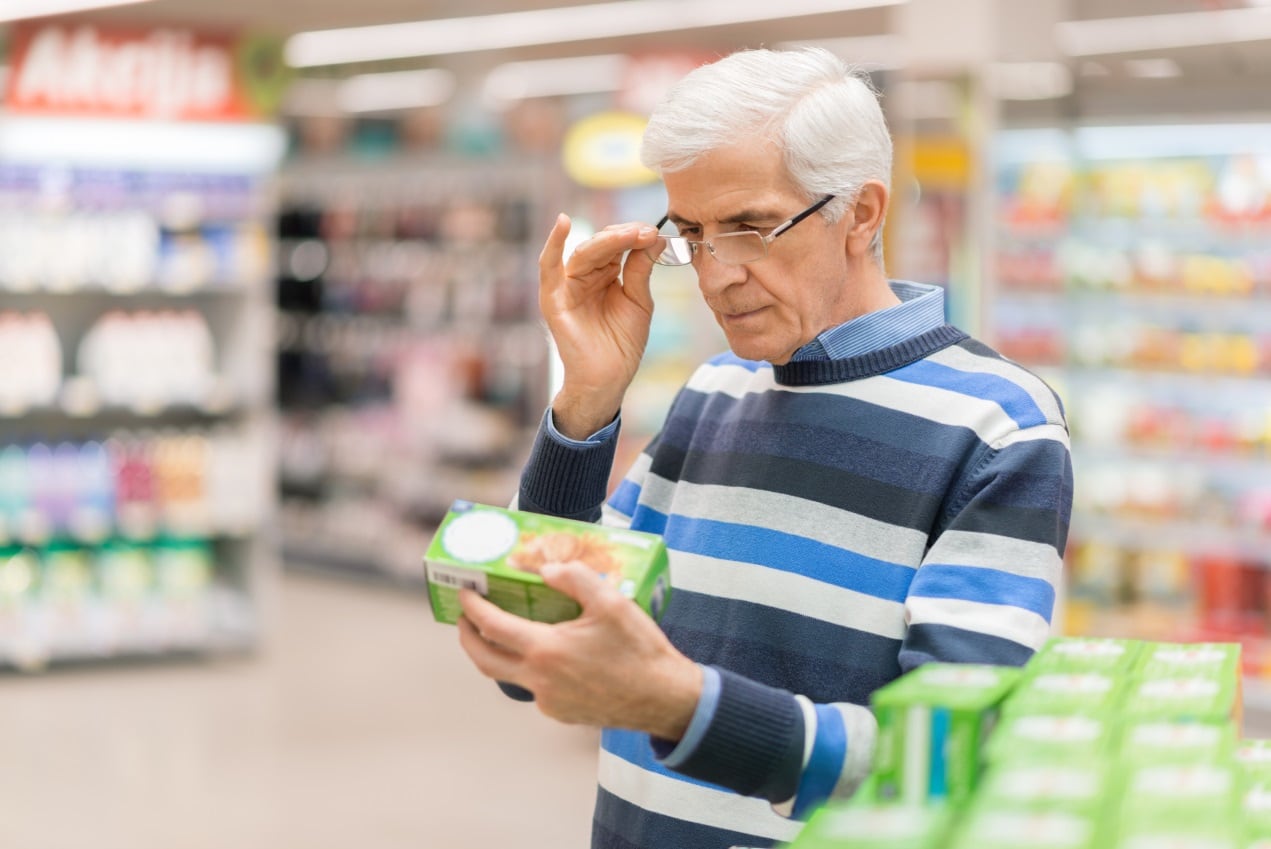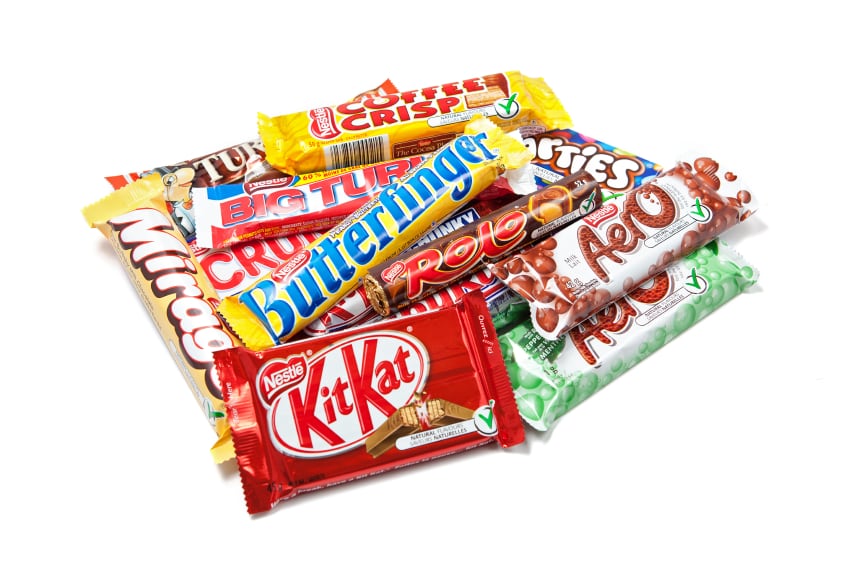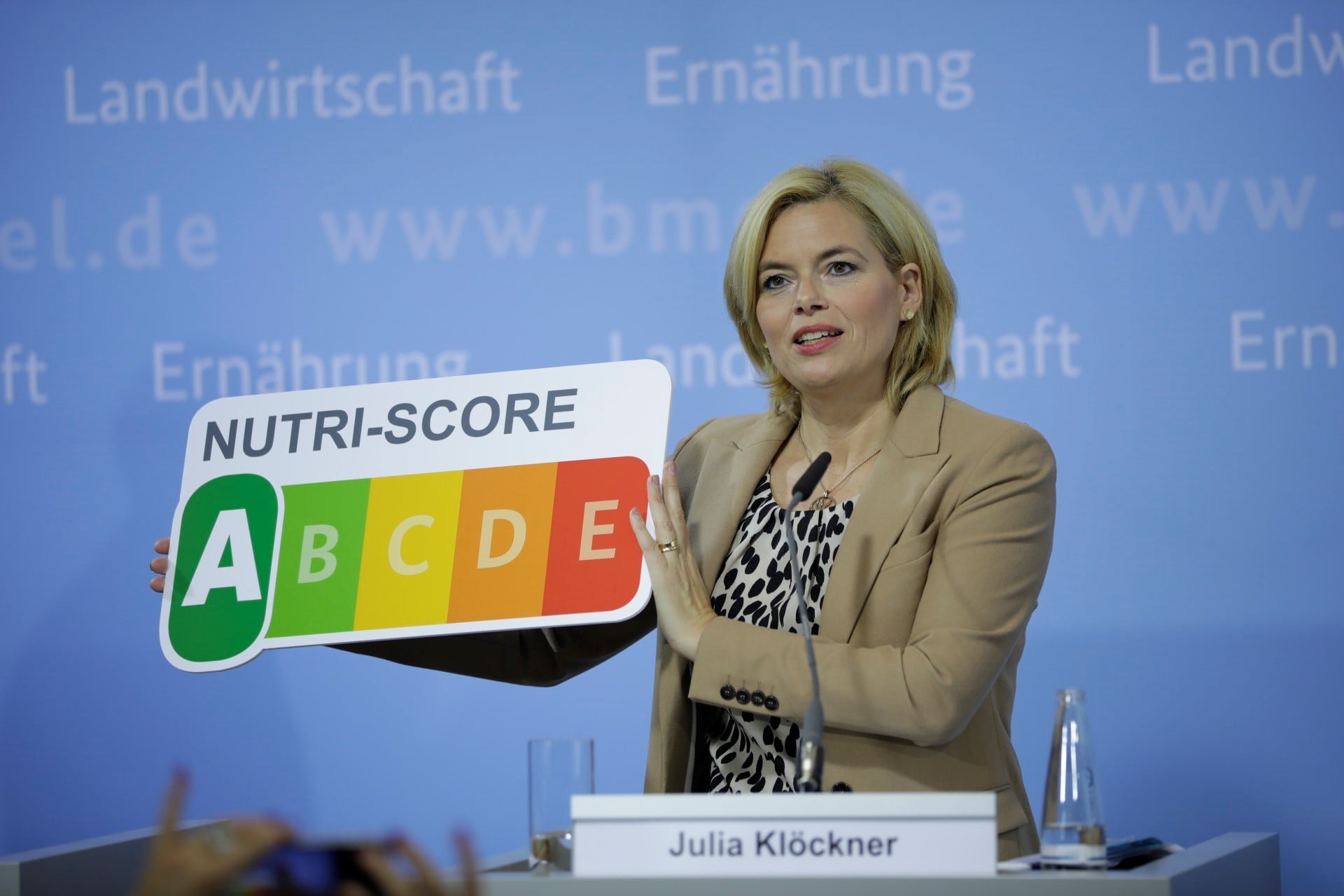Announcing he had selected Nutri-Score as the country's labelling scheme of choice, Dutch secretary of state for health Paul Blokhuis said that the system enables consumers to ‘quickly and easily’ compare different varieties of breakfast cereals, frozen meals or spreads, for example.
However, while Blokhuis said Nutri-Score ‘worked well’, he did note the current nutritional calculations do not ‘always comply’ with Dutch dietary guidelines, according to research from RIVM and the Netherlands Nutrition Centre.
“That must improve before Dutch food producers can put it on their packaging,” according to a statement from the Dutch government.
An international committee of scientists - with Dutch input - will work on aligning standards. This effort should be completed by mid-2021, according to the authorities.
‘Making healthier choices easier’
The health secretary said this news was a ‘major step’ towards empowering citizens to make better dietary choices.
“Making the healthy choice easier, that has always been our commitment. We are now taking a major step in that direction. I chose Nutri-Score because it appears that this logo helped consumers best to make healthier choices,” Blokhuis said.
In recent months, Dutch health authorities have conducted research into three different food selection logos: Keyhole, Traffic Lights and Nutri-Score. It found consumers ‘understand Nutri-Score best’.
The score awarded a food is based on the amount of calories, sugars, saturated fat, salt, protein, fibre, fruit, vegetables, legumes and nuts in the product.
NutriScore ranks foods from -15 for the 'healthiest' products to +40 for those that are 'less healthy'. On the basis of this score, the product receives a letter with a corresponding colour code: from dark green (A) to dark red (F).

‘Not an ideal system’
While Nutri-Score was described as the best choice based on consumer research – and the Dutch government noted the system ‘receives support from consumer organisations, supermarkets and food producers’ – this does not mean ‘it is an ideal system’.
The RIVM, Netherlands Nutrition Centre and nutrition experts point out that there are differences between the Nutri-Score, the Dutch nutrition guidelines and the food pyramid (‘Schijf van Vijf’).
For example, Nutri-Score is 'too positive' about white bread and 'too negative' about olive oil compared to Dutch dietary advice.
To tackle this divergence, the Netherlands will actively participate in an internationally independent committee of scientists working to evaluate and adjust of the international Nutri-Score standards.
Blokhuis noted: “There is still work to be done before we are satisfied and can continue to fully implement the introduction. We are now opting for Nutri-Score to be able to work with Dutch food scientists and to have it further improved.”
Turning Nutri-Score into an ‘international system’
Nutri-Score is a scientific food score system from France. Scientists and nutritionists developed the system under the instruction of the French government. Belgium, Germany, Switzerland, and Spain have since also opted for Nutri-Score.
With more countries adopting the logo, the French government wants to turn Nutri-Score into a system that is managed internationally and advised by an independent scientific committee.
Blokhuis said that this international appeal was another positive factor for the Dutch food industry, which is a major exporter. “We connect with a logo that will also become increasingly prominent internationally. As the Netherlands we naturally import and export a lot of food, so that is nice by-product.”
The Dutch Food Industry Federation (FNLI) suggested this was an important aspect of the logo selection for businesses in the country.
“It is important for our members that a food selection logo can be used across national borders. And the comprehensibility and trust in the logo are also preconditions for success,” said FNLI director Marian Geluk.
Building on the National Prevention Agreement
The Dutch authorities said that the move builds on the National Prevention Agreement, which aims to tackle growing rates of obesity in the country.
One in two Dutch people are overweight and the health regulators described this situation as ‘one of the most important public health problems’ of our times.
Under the National Prevention Agreement, 70 organizations have made commitments 'for a healthier Netherlands'.
In addition to the selection of a nutrition logo, work is also being done on a new approach to using less salt, saturated fat and sugar in products. Producers have agreed that by 2025 there will be 30% less sugar in the total amount of soft drinks consumed throughout the Netherlands.
2021: Why wait?
Responding to the news, Dutch consumer association Comsumenten Bond said it was ‘pleased’ the government has opted for Nutri-Score. The group said it has been calling for the introduction of nutritional labelling since 2004.
“I am pleased that our efforts have been successful. Consumers can really make progress with this. Our research has already shown that a large majority of consumers think Nutri-Score is a good idea . I am therefore pleased that they have been listened to and that there will now be an independent and well-founded logo,” Comsumenten Bond director Sandra Molenaar commented.
However, the consumer watchdog was less pleased that the system wouldn’t be in place until 2021 'at the earliest', stating a preference for a 2020 introduction – as had originally been suggested in the National Prevention Agreement.
Molenaar noted: “We understand that Blokhuis wants to investigate how Nutri-Score can better align with Dutch dietary guidelines. But we believe that consumers should be able to benefit from the benefits of Nutri-Score before 2021."
The consumer group also flagged a key weakness of the agreement – that it remains voluntary. “If Nutri-Score is introduced in the Netherlands, companies are not yet obliged to use the new logo.”
For this reason, the Consumers' Association is participating in the European citizens' initiative Pro-Nutri-Score to make the food logo mandatory within the EU.
The FNLI was also hopeful that the adoption of Nutri-Score could bring a pan-European labelling scheme a step closer.
At European level, national governments can introduce nutritional labelling schemes on the condition that application is not made compulsory – because such a move is seen as contrary to the European internal market.
"It is important for the members of the FNLI that the logo can also be used in neighbouring countries. Perhaps with the choice [of Nutri-Score] a European logo has come a step closer,” FNLI’s Geluk suggested.




